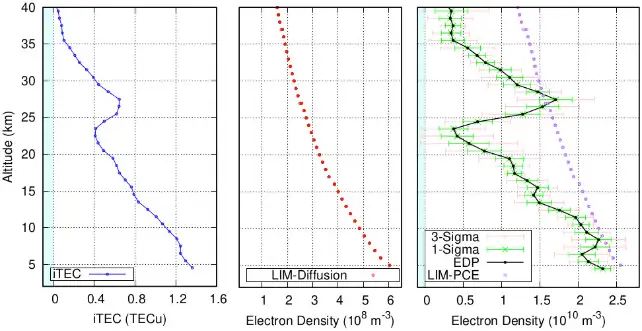New Insights into Lunar Plasma Dynamics from Chandrayaan 2
Scientists from the Space Physics Laboratory (SPL) at the Vikram Sarabhai Space Centre (VSSC) have made a groundbreaking discovery using India’s Chandrayaan-2 (CH-2) orbiter. Their research reveals that the Moon’s ionosphere experiences unexpectedly high electron densities when it moves through Earth’s geomagnetic tail. This discovery challenges previous assumptions about lunar plasma behaviour and suggests that remnant magnetic fields in the Moon’s crust play a more significant role than previously believed.
Innovative Radio Signal Experiment Sheds Light
To study plasma distribution around the Moon, researchers used an advanced technique involving S-band Telemetry and Telecommand (TTC) radio signals. In a two-way radio occultation experiment, CH-2 transmitted radio signals through the Moon’s plasma layer, which were received at the Indian Deep Space Network (IDSN) in Byalalu, Bangalore. The data revealed electron densities of approximately 23,000 electrons per cubic centimetre—nearly 100 times higher than those on the sunlit side of the Moon. This density is comparable to values previously found in the Moon’s wake region, which the same research team had identified earlier.
Role of Lunar Magnetic Fields in Plasma Trapping
The Moon spends nearly four days in each orbit passing through Earth’s extended magnetic field, or “geotail.” During this time, it is shielded from direct solar wind, leading scientists to expect lower plasma densities due to free diffusion along Earth’s magnetic field lines. However, CH-2 observations indicate otherwise. Scientists propose that the Moon’s crustal magnetic fields may be trapping plasma, preventing diffusion, and causing localized increases in electron density.
To test this theory, researchers employed an in-house Three-Dimensional Lunar Ionospheric Model (3D-LIM) developed at SPL/VSSC. Their simulations suggested that maintaining such high plasma densities requires photochemical equilibrium, a condition achievable only in the geotail when crustal magnetic fields are present. The model also indicated reduced neutral Argon (Ar) and Neon (Ne) densities near the lunar poles, aligning with previous spacecraft observations.
Impact on Lunar Missions and Future Research
These findings have significant implications for future lunar exploration. High plasma densities can affect radio communications, surface charging, and interactions with lunar dust—factors crucial for upcoming robotic and crewed missions. Understanding how the lunar ionosphere behaves in different space environments will aid mission planning, particularly in regions influenced by crustal magnetic fields.
The study marks a major step in understanding the Moon’s plasma environment and reinforces the scientific contributions of Chandrayaan-2. As lunar exploration intensifies, discoveries like this will be vital in shaping future research and technology for sustainable Moon missions.



